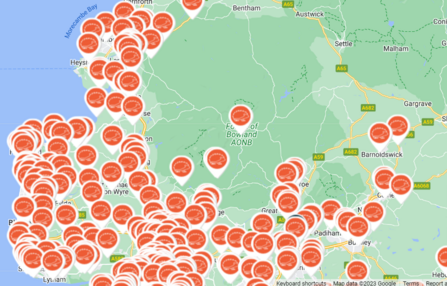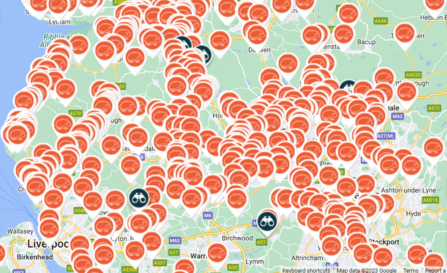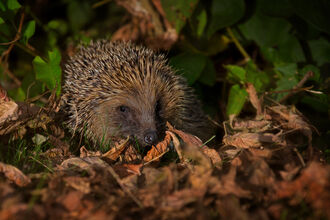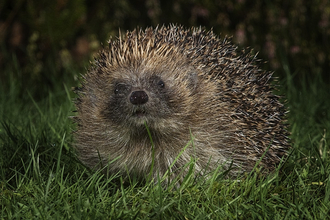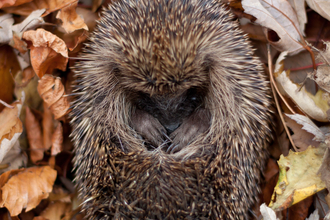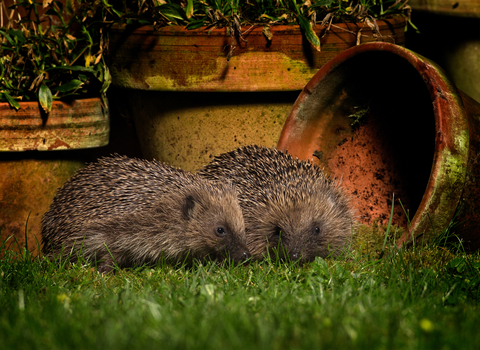Hedgehogs are some of our most beloved mammals, but sadly their numbers have been in decline over the last few decades. Many factors including urbanisation and intensive agriculture have led to habitat loss for hedgehogs, putting them under increasing pressure; in fact, according to the People’s Trust for Endangered Species, there are estimated to be less than a million remaining in the wild. However – there are some heartening signs of recovery.
Even though urbanisation and development have been major contributing factors to hedgehogs’ historic decline, it’s urban and suburban areas which have emerged as a potential lifeline when looking at the numbers from the last few years.
The most recent State of Britain’s Hedgehogs report by the British Hedgehog Preservation Society and People’s Trust for Endangered Species, from 2022, demonstrated how populations in urban areas are showing signs of stabilisation and even recovery. This shows just how important our simple actions at home can be in giving vulnerable species a space to thrive. We saw so many examples of this in the survey results, which was fantastic to see!
Findings from this year’s survey
We received 796 responses in total this year, reporting sightings of 1,233 hedgehogs. The sighting numbers overall were down 33% from 1,850 hedgehogs in last year’s survey.


